There are two different types of twins:
- Monozygotic or identical (MZ)
- Dizygotic, fraternal or non-identical (DZ)
MZ twins develop when one egg is fertilised by a single sperm and during the first two weeks after conception, the developing embryo splits into two. As a result, two, genetically identical babies develop.
DZ twins occur when two eggs are released at a single ovulation and are fertilised by two different sperm. These two fertilised eggs then implant independently in the uterus. DZ twins share the same type of genetic relationship as non-twin siblings, hence the term fraternal.
MZ or DZ?
Opposite sex twin pairs, which make up approximately 1/3 of all twin births, are obviously dizygotic. Determining the zygosity of same-sex twin pairs can be done by a DNA test. A diagnosis is often made at the birth based on an examination of the placenta and fetal membranes. If there is only one placenta, the pair is monozygotic (see further info below). If a pair is dizygotic, each twin will have its own placenta, outer membrane (chorion), and inner membrane (amnion) (fig. A). This is also the case for one-third of MZ pairs, therefore, the appearance of two of placentas and two sets of membranes does not enable a definitive assessment to be made regarding twin type.
MZ twins can be categorised into four types based on when the division of the embryo occurs. If the cleavage happens before the sixth day after conception, there will be two placentas, two chorions, and two amnions (fig. A). If it takes place between approximately the sixth and tenth day, there will be one placenta, one chorion, and two amnions (fig. C). About 64% of MZ twins are of this type. If the embryo splits between the 10th and the 14th day, the result will be twins sharing the one placenta, one chorion, and one amnion (fig. D). This type is less common, accounting for only 4% of MZ twins. If cleavage of the embryo occurs sometime after the 14th day, there is an increased risk that the division will be incomplete and the twins will be conjoined or what is often called “Siamese”.
Twins with separate placentas and sets of membranes can be implanted so closely together in the womb that the individual placentas appear to fuse (fig. B). To the naked eye, it looks as if there is only a single placenta. This happens in 42% of DZ twin pregnancies and 13% of MZ, meaning that for approximately 49 out of 100 pairs, (or more to the point 70% of same-sex pairs), an examination of the placenta and fetal membranes will not yield conclusive information about zygosity.
About 30% of same-sex pairs will be MZ twins resulting from an embryo that split more than six days after conception. These pairs will be monochorionic, sharing a single placenta and chorion. Monochorionic twins have an increased obstetric risk of complications such as Twin-to-Twin Transfusion Syndrome (TTS). This is a life-threatening prenatal condition for both twins in which abnormal, interconnecting blood vessels create an imbalanced blood flow that passes through one twin to the other. The “recipient” twin grows much larger because of the extra blood it receives and can develop significant cardiovascular problems as its system tries to cope. The “donor” twin receives much less blood and nutrients; so remains smaller, and may develop severe anaemia.

DNA fingerprinting is the most objective way to assess zygosity. The twins’ blood or another form of physical sample, such as their cheek cells or placentas, can be tested for a range of genetic markers. Matches and differences between the samples are then identified and test results are usually reported as a likelihood ratio of the twins being MZ versus DZ. DNA zygosity testing is specialised and there are a limited number of places in Australia that offer DNA testing as a service to twins.
Research shows that in most cases (about 95%), it is possible to tell whether twins are MZ or DZ by simply comparing them for similarities in colouring, body build, and facial features as they mature. Parents and very close friends and family members will no doubt be attuned to subtle differences between the twins, but if they are frequently confused by teachers and friends it is highly likely that they are monozygotic. The Pea in the Pod Questionnaire can provide up to 95% accuracy on twins zygosity – find out more on our How to determine Zygosity page.
Did you know that having one placenta doesn’t necessarily mean that twins are identical?
Parents of twins have routinely been told that if their twins were born with the one placenta that they were identical however in recent years there have been a few reports of twins who were told they were identical for precisely this reason – only to later find out that they are in fact non-identical. This is due to something called ‘chimerism’ – when an individual is composed of 2 genetically different types of cells. A report has just been published which highlights a case study of chimaeric twins.
There have also been incidences of this occurring with male/female twins; see here for a research article.
You can read more about a review into the mechanisms involved in twinning here.
To download a fact sheet on zygosity and chorionicity, click here.
Find out more about zygosity on our How to determine zygosity page.

